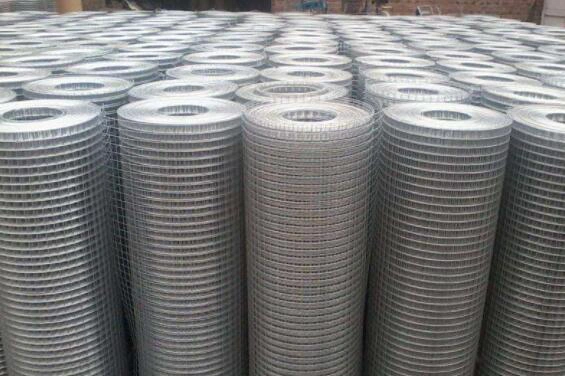Understanding Wire Mesh Gauge A Comprehensive Overview
Wire mesh is a versatile material that finds applications in various fields, from construction to filtration and agricultural uses. One essential aspect of wire mesh that is often overlooked is its gauge, which refers to the thickness of the wire used in the mesh construction. Understanding wire mesh gauge is critical for selecting the right mesh for your specific needs.
What is Wire Mesh Gauge?
Wire mesh gauge is a measure of the wire’s diameter, usually expressed in a numerical format. The gauge number indicates the thickness of the wire, with a higher gauge number representing a thinner wire. This system of measurement is important since the strength, durability, and overall performance of the wire mesh are directly influenced by the gauge of the wire. For example, a wire mesh made from 10-gauge wire will be significantly thicker and sturdier than one made from 20-gauge wire.
The Importance of Choosing the Right Gauge
Selecting the right wire mesh gauge is vital for ensuring that the mesh meets your project’s specifications. Here are some factors to consider when making your choice
1. Load-Bearing Capacity Thicker wires can support more weight, making them ideal for heavy-duty applications. On the other hand, thinner wires may be more suitable for lighter tasks or aesthetic purposes.
2. Flexibility and Workability A thinner gauge wire can be easier to handle and shape, which is beneficial in applications requiring intricate designs or adjustments. However, it may not provide the same level of structural integrity as a thicker gauge.
wire mesh gauge

3. Environmental Conditions If the wire mesh will be exposed to harsh environments, such as chemicals, moisture, or extreme temperatures, a thicker gauge may offer better resistance and longevity. On the contrary, if the application is indoor and not exposed to demanding conditions, a lighter gauge may suffice.
4. Mesh Size The combination of wire gauge and mesh opening size will affect the functionality of the wire mesh. A large mesh opening with a thin wire may be unsuitable for filtering purposes, while a small opening with a thick wire may not allow adequate airflow in ventilation systems.
Common Wire Mesh Gauges
Wire mesh is available in a variety of gauges, with some of the most common including
- 10-gauge Often used in industrial applications, like security fencing and reinforcement for concrete, thanks to its strength. - 12-gauge Suitable for various construction applications, including wire fencing and agricultural uses. It balances strength and flexibility. - 16-gauge Commonly found in home and garden applications, like trellises and lightweight barricades. - 20-gauge Typically used in decorative applications, such as arts and crafts, due to its ease of manipulation and lighter weight.
Conclusion
The significance of wire mesh gauge cannot be understated. When selecting wire mesh, understanding the implications of different gauges on your project’s requirements can save you time, effort, and resources. Make sure to assess your specific needs — whether it be strength, flexibility, or environmental durability — before making your decision. By doing so, you can ensure that the wire mesh you choose will serve its purpose effectively and efficiently.
In summary, the gauge of wire mesh is a crucial element that can impact its performance in various applications. By familiarizing yourself with the different gauges available and the characteristics associated with each, you can make informed decisions and ultimately achieve better results in your projects. Whether you're engaging in a DIY project or working on a larger scale construction task, the right wire mesh gauge will make all the difference.

















